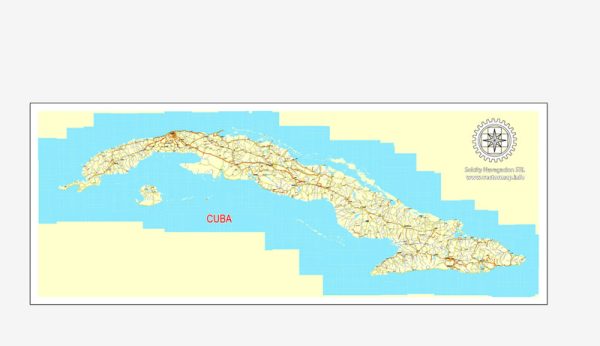Cuba has a diverse and unique transportation system, which includes a combination of various modes of transportation. Here are some key aspects of the transportation system in Cuba:
- Public Transportation:
- Urban Buses: Cuban cities have a network of urban buses that serve as the primary mode of public transportation. These buses are often overcrowded and may not be very reliable.
- Colectivos: These are shared taxis or minivans that operate on fixed routes within cities. They are a popular mode of transportation for locals and tourists alike.
- Interurban Transportation:
- Viazul: Viazul is a state-run bus company that provides intercity transportation for tourists. They have air-conditioned buses that connect major cities and tourist destinations. These buses are relatively comfortable and offer a more convenient option for travelers.
- Camiones: These are trucks that have been converted into buses and are used for intercity travel. They are a cheaper alternative to Viazul but are less comfortable.
- Taxis:
- Cuban Taxis: There are various types of taxis in Cuba, including official government-run taxis and private taxis. Private taxis are often considered more expensive but can be more flexible and comfortable.
- Trains:
- Cuba has a relatively underdeveloped rail system. Trains are not a popular mode of transportation for tourists. However, there are limited passenger train services that connect major cities, but they may not be very reliable.
- Bicycles:
- Bicycles are a common mode of transportation for many Cubans, particularly in rural areas. Tourists can also rent bicycles to explore cities and the countryside.
- Hitchhiking:
- Hitchhiking is relatively common in Cuba and is a way for locals to get around. It is also possible for tourists to try hitchhiking, but it may not always be safe or reliable.
- Domestic Flights:
- Cuba has several domestic airports, and there are domestic flights connecting major cities. This is a convenient option for traveling long distances within the country.
- Boats and Ferries:
- Given Cuba’s island geography, boats and ferries are important for transportation between the main island and the smaller surrounding islands. They are also used for transporting goods and people along the coast.
It’s important to note that the transportation system in Cuba can be less efficient and reliable compared to many other countries. Infrastructure can be dated, and services may not always run on time. Additionally, transportation options may be limited in some rural areas. Tourists are encouraged to plan their travel and transportation in advance to ensure a smoother experience.


 Author: Kirill Shrayber, Ph.D.
Author: Kirill Shrayber, Ph.D.